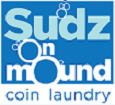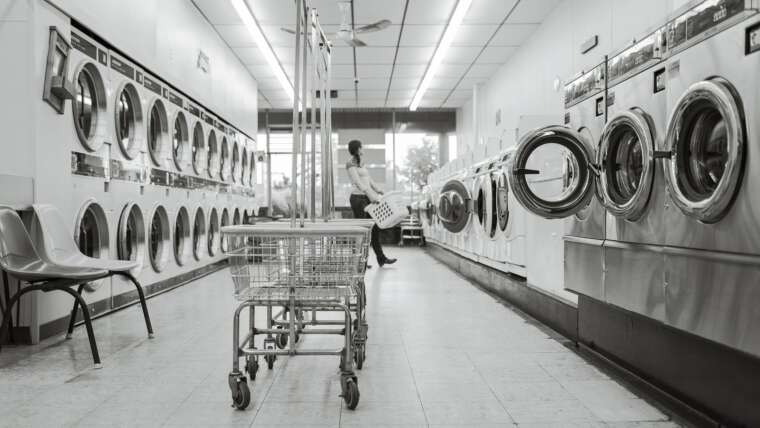The history of laundry detergent
The technological advances of our times have washed over every aspect of our daily lives. The
world of laundry is no stranger to modern innovations – from super efficient washing
machines to specialized laundry detergents for different kinds of stains and fabrics, new
products are constantly being launched in this neverending evolutive journey. And it is clear
that all product innovations within the same field need to work synergistically in order to
survive.
Think of the two we have just mentioned: as washing machines become more sophisticated,
their internal mechanisms tend to be more intricate. Standard and lye based detergents were
too harsh for these new systems, so they had to upgrade their formulations to protect the
machines from damage. Hence a more alkaline solution was developed, but then a newly
acquired global awareness regarding environmental issues brought further challenges.
Laundry detergents had to help clean clothes at different temperatures and in various
conditions of water hardness whilst reducing their impact on water pollution.
Yet in the early stages of the history of laundry, these concerns did not exist. As you can
imagine, before the modern washing machine replaced the scrub boards during the postwar
boom economy (four decades into the 20th century) the scenario for laundry detergent was
completely different. Today, the automatic washing machines are the real heroes who do all
the hard work. The detergent is only an assistant who helps break down the barriers between
water molecules to enhance the loosening of dirt, and also keeps it suspended so that it can
wash out in the drain. That is why you come to our suds coin laundromat: for our high
performing washing machines, not the detergent.
And that is precisely how it all started. In the past, washing clothes was an intense physical
job that consumed a lot of time and energy. People soon understood the need for something
to make the scrubbing easier, not only for clothes but for everything else. Ancient cultures
would use standard soap to remove dirt from their bodies, their clothes and their dishes.
There are references to soap production that date back to the year 2800 before the common
era, in Babylonian times. Ancient Egyptians would use ash and animal fat. Ash has a
sequestering effect on water hardness, which means that it can soften the water by
separating the magnesium, calcium and other naturally occurring chemicals. Ash then
breaks down the molecules in the animal fat and converts them into salts of fatty acids which
is exactly what we know as soap. Romans preferred scented oils scrubbed with the help of
mechanical accessories, while Arabs combined olive oil with laurel or thyme, and were the
first to use caustic soda. Thus they are considered the inventors of modern soap.
It is believed that it was the Gallic women who discovered the stain removing properties of
soap in Europe. In fact, the etymology of the word soap shares a linguistic derivation
between the gaulish word ‘sapo’, the germanic word ‘saipa’ and the latin word ‘sebum’, all of
which mean fat or tallow. But others say it was the Arabs who introduced their fragrant and
colorful soap produced in Aleppo into Sicily and Spain, which helped restore the popular
interest in bathing. In the 12th century, the first soap factories were built in Castile and
Venice. In the 2nd century, the Greek physician Galen had advised that the use of soap was
necessary to prevent disease, but things changed after the fall of the Roman Empire. During
the Middle Ages, there was a significant decline of hygienic conditions which led to several
waves of deadly plagues. Only the richest people were able to invest in their cleanliness, and
still some of them avoided washing as it opposed the values of the orthodox Christianity of
the time.
In the late 1800’s, a Belgian man discovered a chemical process that allowed the
manufacturing of soap in large quantities. And in the early 1900’s, a German company
introduced the world’s first laundry powder, considered the first ever self-acting laundry
detergent because it had an oxidizing agent that could break down complex molecules. Then
the scarcity caused by the two World Wars in the 20th century stimulated the search for
synthetic alternatives as fat and oil were not available. From then on, the industry of laundry
detergent continued its evolution into what we know today. Now you can fill the efficient
washing machines at Sudz Laundromat with laundry detergents that remove tough stains,
condition your clothes, add fragrances and take care of the environment.

